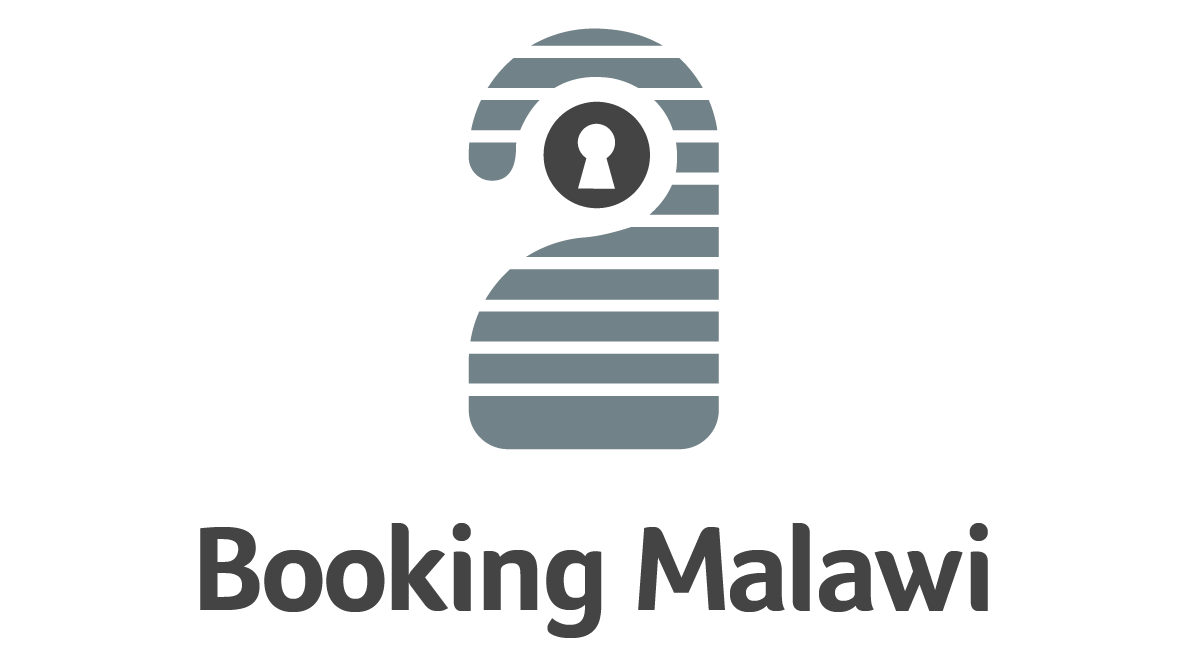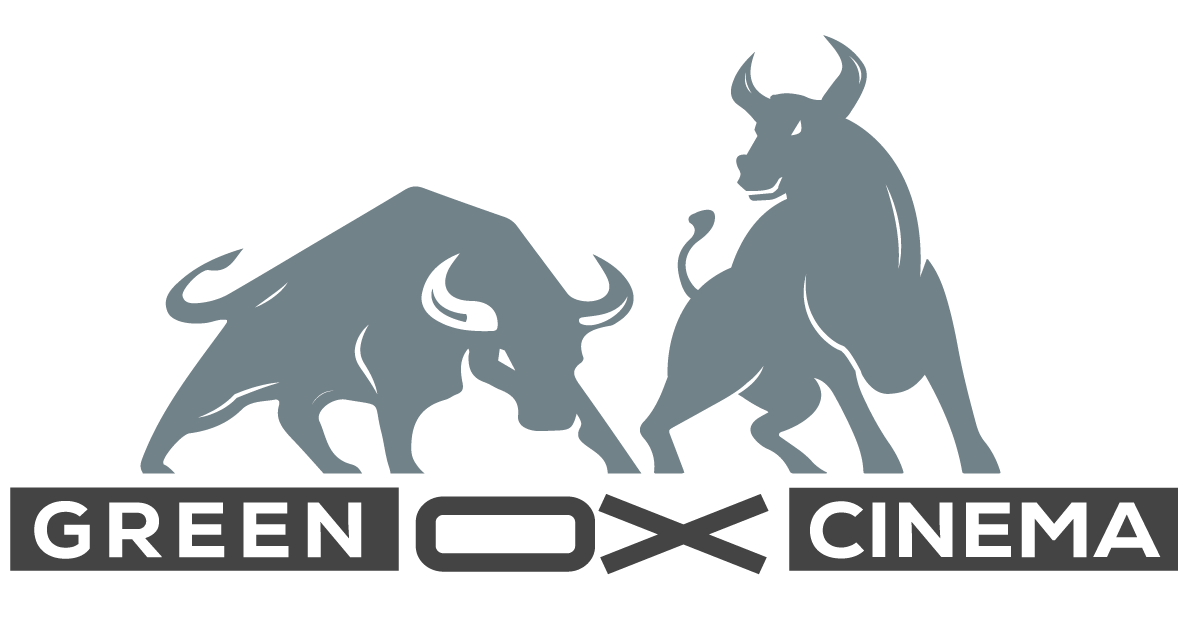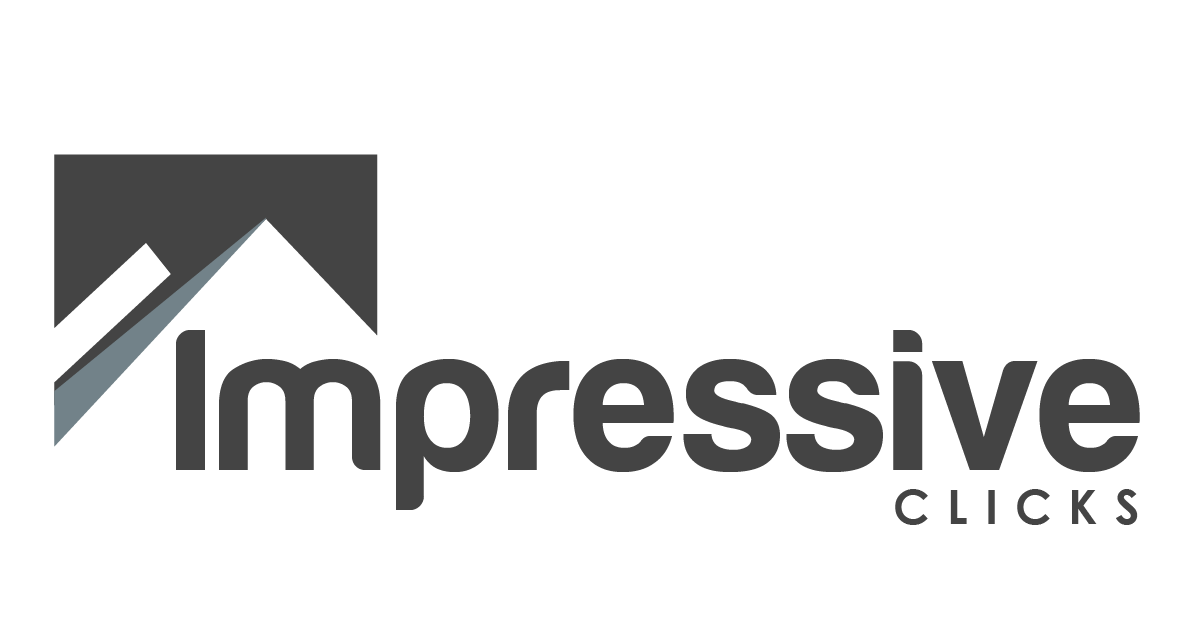
Unveiling the Power of EJS: A Smart Choice for Your Next Web Development Project
Introduction:
In the ever-evolving landscape of web development, choosing the right framework can significantly impact the success of your project. One framework that stands out for its simplicity, flexibility, and efficiency is Embedded JavaScript, commonly known as EJS. In this blog post, we’ll explore the compelling reasons why you should consider EJS for your next web development endeavor.
1. Simplicity at its Core:
EJS keeps it simple. With a syntax that closely resembles plain HTML, developers find it easy to learn and work with. The simplicity doesn’t compromise functionality; instead, it enhances the development experience, making EJS an ideal choice for both beginners and seasoned developers.
2. Seamless Integration:
Whether you’re building a small website or a complex web application, EJS seamlessly integrates with Node.js, making it a powerful choice for server-side rendering. Its compatibility with Express.js further enhances its capabilities, allowing for a smooth and efficient development process.
3. Dynamic Templating:
EJS enables dynamic content rendering through its templating engine. With EJS tags embedded in your HTML, you can easily inject variables and logic, facilitating the creation of dynamic and data-driven web pages. This flexibility is especially valuable when working on projects with varying content requirements.
4. Maintainability and Readability:
The clean and concise syntax of EJS contributes to improved code maintainability. Developers can easily understand, troubleshoot, and update code, reducing the likelihood of errors and streamlining the collaborative development process.
5. Versatility in Front-End Development:
EJS isn’t limited to server-side rendering; it can also be used for client-side rendering. This dual capability adds versatility to the framework, allowing developers to choose the most suitable approach based on project requirements.
6. Active Community Support:
A vibrant and active community is a testament to the framework’s reliability and ongoing development. EJS benefits from a community of developers who contribute to its growth, provide support, and share resources, ensuring that you have access to a wealth of knowledge when working with the framework.
7. Performance Optimization:
EJS is designed with performance in mind. Its lightweight nature and efficient rendering make it an excellent choice for projects where speed and responsiveness are crucial. This performance optimization is especially beneficial for applications that prioritize user experience.
8. Scalability and Extensibility:
Whether you’re building a small-scale project or a large-scale application, EJS scales effectively. Its modular structure and compatibility with other Node.js modules allow developers to extend functionality easily, adapting the framework to meet specific project requirements.
In conclusion, choosing EJS for your next web development project is a strategic decision that balances simplicity with powerful functionality. With its ease of use, seamless integration, and dynamic templating capabilities, EJS empowers developers to create robust and scalable web applications. Embrace the versatility and efficiency of EJS, and embark on a web development journey that combines simplicity with unparalleled performance.
Recent News

Navigating the IT Landscape: 10 Essential Strategies for Skill Advancement
January 2024

Unveiling the Power of EJS: A Smart Choice for Your Next Web Development Project
January 2024

Mastering the Digital Frontier: Aprodence Technologies Navigates Leading Technologies in the Modern Era
January 2024




















